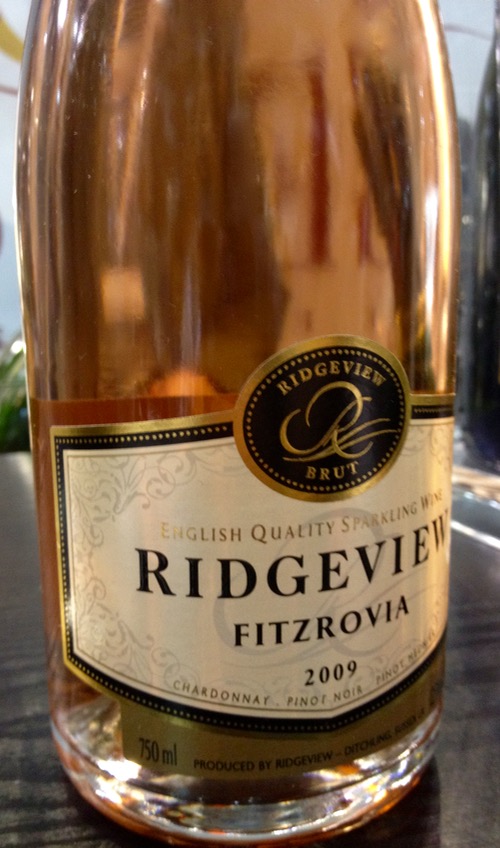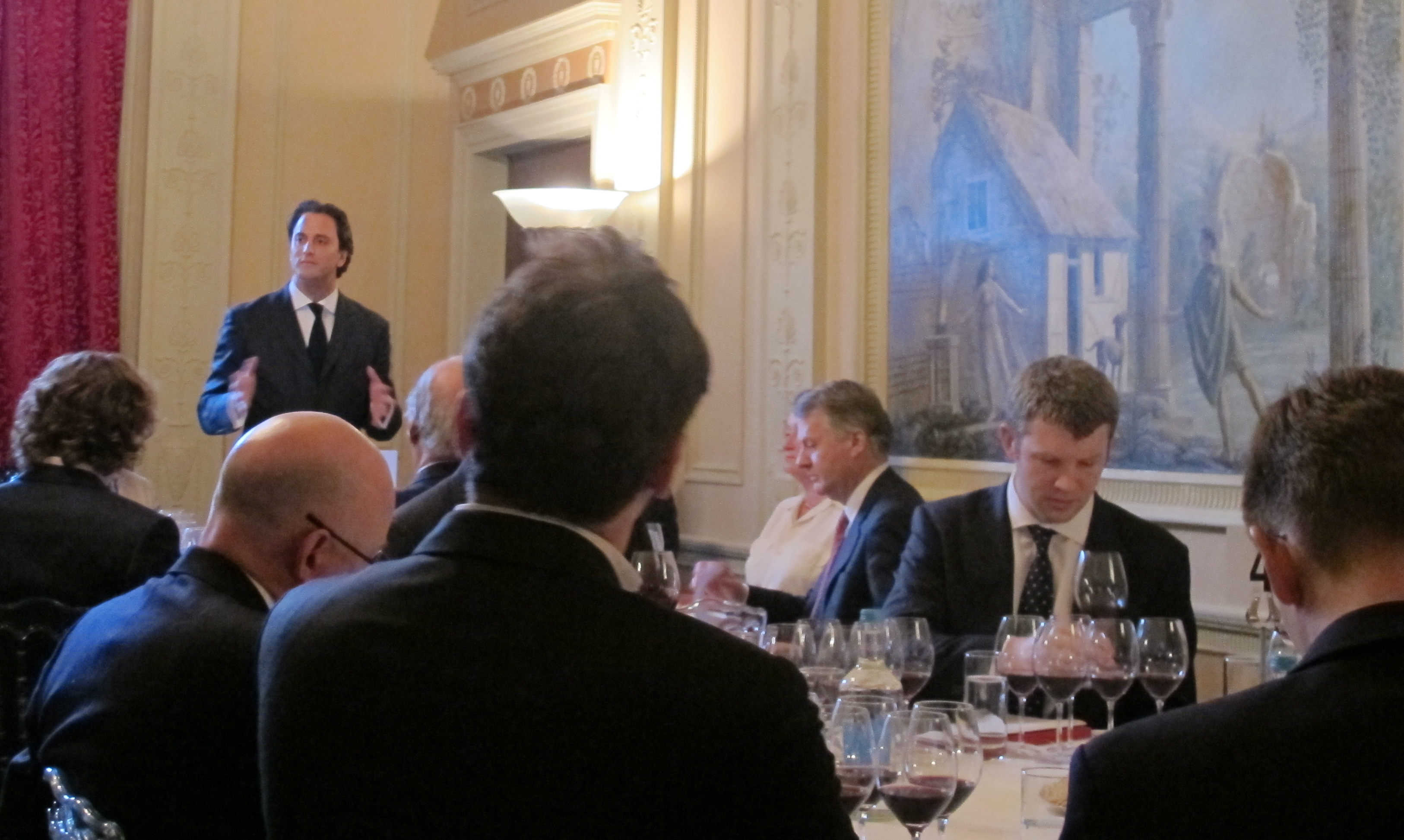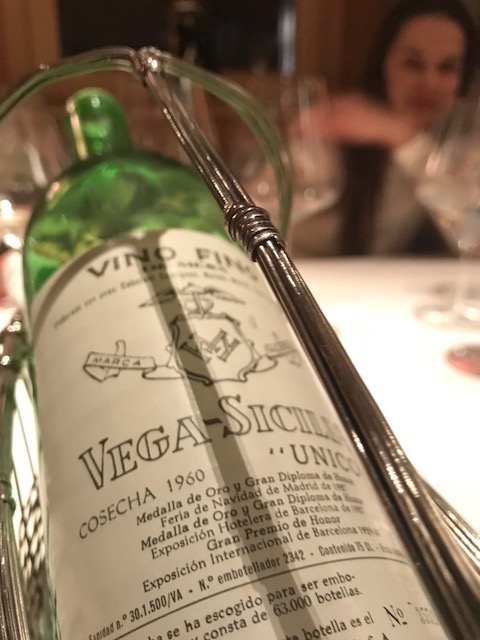Expensive wine versus cheap wine: how to find a good value for money
Why you should (not) pay a fortune for a bottle of wine
An expensive wine today indeed costs a fortune. Yet, the growing number of Masters of Wine, Master Sommeliers and otherwise oenophically distinguished wine experts broaden our comprehension of a good wine. Jancis Robinson, MW, in her FT column dedicates much of her thought to good value wines, often from the scarcely known wine regions. Even, the millennial European royalty seems to prefer less known labels to flashy Bordeaux, rare Burgundy and a fortune costing old vintage Champagne.
Royal affairs in modest coat
During the royal wedding in Monaco of Prince Albert with a South African Olympic swimmer, a Provencal blend of Cinsault, Grenache and Syrah for red and an excellent Niçoise Vermentino (Rolle) white were served for the privileged guests. The later from an established local Bellet AOC producer Clos St Vincent. A red Val d’Iris overshadowed its Bordeaux peers as it was favoured by the eco-conscious Prince over other more expensive wine.
The British Royal weddings sported a similar trend. Prince William and Kate Middleton (now the Duke and Duchess of Cambridge) hosted their classy guests with a local English sparkling wine next the classic French bubbles. The wine from Kent, then for less than £10 retail, was put on a par with a non-vintage Champagne from Pol Roger, the favorite of Winston Churchill.
Not only weddings promoted modesty. The Queen Elizabeth chose the British sparkling Ridgeview to celebrate her 80th birthday.
Going local in the global wine frenzy
Pondering over their choice, I wonder — Are they trying to expose patriotism? Do they want to exhibit their modesty in the current ecologically gloomy times? Also, expensive wine got a bit of that oligarch and new rich Chinese shadow hanging over.
One plausible reason for their apparently humble choices is that over the past two decades, the wine market has turned wild. A first Growth Bordeaux used to be a treat of writers, artists, doctors and lawyers. The recent emergence of suddenly super-rich entrepreneurs, the influence of luxury marketing and the Western lifestyle-seeking new customers from the East, all drive the prices insanely high. I made my journalism graduation investigative video project about these and other aspects of wine pricing, check it for an in-depth understanding edited into a few minutes. Even the First Class seats on the best airlines do not offer the best vintages of these mammoths. Serving an expensive wine is just too much even for these highest echelons of travel comfort.
The savvy cannot be fooled: old money versus the nouveau riche in the fine wine marketplace
Some traditional consumers including these on the top layer of our society refuse to pay so much. A bottle of a super premium wine today can cost tens and hundreds of thousands of pounds.
But, are these expensive wines exponentially better than a £10 bottle?
Talking to a number of top experts in the wine industry it emerged that not really. In my reportage about the current wine pricing, the CEO of WSET (Wine & Spirit education Trust), an employee of a distinguished British wine merchant, the editor of a top-selling wine magazine and even the wine director at an auction house — all agreed that the prices reflect wine’s scarcity, prestige, historical status, brand status and in part its quality. Therefore, a bottle of wine for £10.000 will unlikely be a thousand times better than a wine costing £10. After all it depends on the individual taste. My advice is to get to know what you like and what you do not like and then ask the wine merchant or a trustworthy sommelier the right questions unveiling the wine’s character.
Beware of some highly rated restaurants offering expensive wine
My own experience taught me to be more cautious about paying a premium price for a bottle of wine in Michelin-starred restaurants. The three star French restaurants tend to be the most overpriced. Dinner at a highly rated establishment in Provence turned into a sour experience. We ordered a bottle from a boutique winery in Burgundy — Sarrazin exceeding €600. It was so bad that we could not finish even a half of it! Putting it against Val d’Iris Cabernet Sauvignon from Provence we enjoyed a couple days earlier, the later was a real bargain. It cost about €40 in the restaurant (€8 retail) and it enchanted us so much that we had to get it again the following dinner. To their credit, casual but by tourists popular places also overcharge for some plonk.
A bargain from top French wine producer
The Moueix family, the owners of perhaps the most prestigious wine on the world – Château Petrus, make much cheaper but very enjoyable Bordeaux. At a wine dinner organised in London, I fell in love with their Château Magdelaine. An elegant and extremely interesting red wine for a snippet of the Petrus price. The Spanish gem Vega Sicilia also makes better value labels.
There are many who believe that only expensive wines can give them pleasure. It is a purely psychological, analytical or ego-dependent judgement though. My experience as a regular sampler of wine at various tastings and countless visits of wineries taught me that the cheaper wines disappoint me less, since I usually do not have high expectations about them. There are some fine treasures in the affordable realm worth exploring. Particularly in France and Italy. Just ignore the price tag and give them a chance to enchant your palate!
If you want to share your recommendations for a great value wines at today’s prices, please comment. Let’s expand the love for great wines that do not break the bank.









